Beach Flags & Rip Tide Tips: How to Safely Enjoy the “Wild Side” of Cozumel
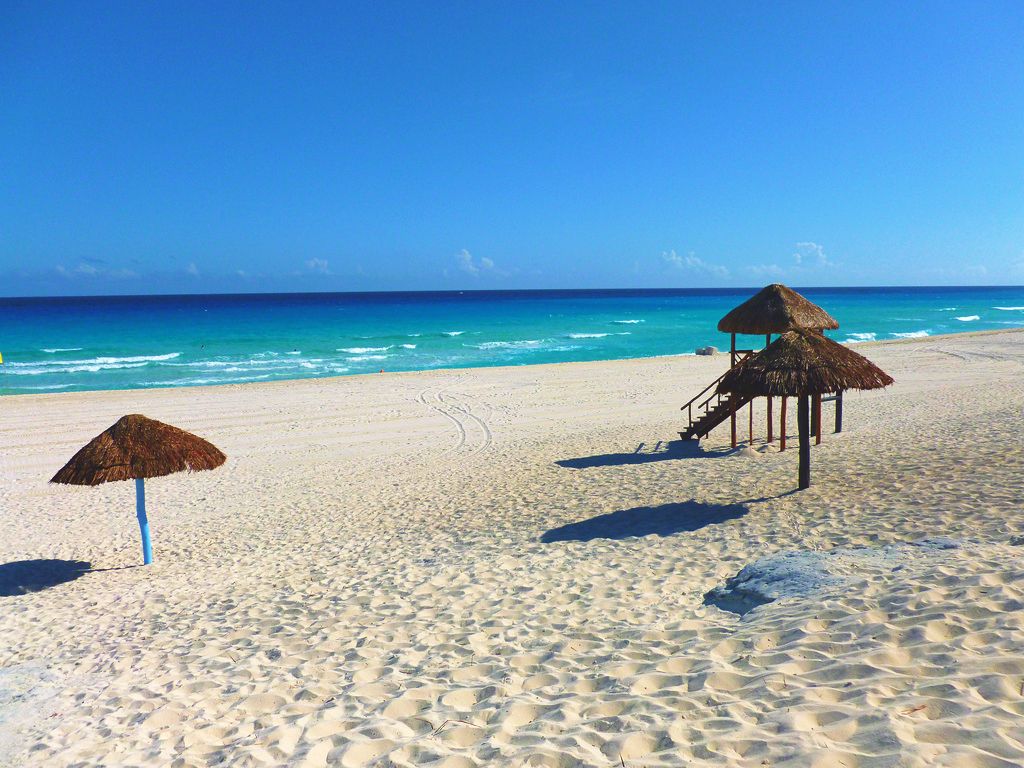
Although Cozumel’s eastern shores, or “wild side,” has lifeguards and employs a beach flag system, there’s a few important tips visitors to the other side of the island should take a moment to familiarize themselves with in order to have a fun – and safe – visit to Cozumel’s beautiful beaches.
The Beach Flags
Cozumel lifeguards employ a beach flag system that mimics the very familiar traffic light colors. Green means water conditions are safe, and it’s ok for people of all ages to enjoy the Caribbean waters .If you see a yellow flag, you should proceed with caution. Make sure you swim carefully. Adults and children can still swim, but make sure you keep an eye on your loved ones.

Red flags signify dangerous sea conditions and require extreme caution. You’re technically still allowed to swim, but it’s not recommended. Use severe caution if you do, and don’t allow children in unsupervised.
Black flags? They’re not very common. Black means the conditions of the sea are extremely dangerous—do not swim or enter the water. If you’d like to avoid the possibility of an incident occurring, please, do not swim.
If you’re ever unsure of the condition of a beach, go to the lifeguard stand and ask. The sea and the weather are unpredictable. Take basic measures—such as not entering the water if you have just ingested food or drinks, especially alcohol.
Rip Currents
The windward side of the island has a number of rip tides or currents. A rip current is a narrow channel of water that runs perpendicular to the shore or beach.
It is a current strong enough to pull even the strongest of swimmers away from shore at an extremely high speed. While that in itself isn’t dangerous – people often try to swim against the strong current back to shore, and put themselves at risk of drowning in the process.
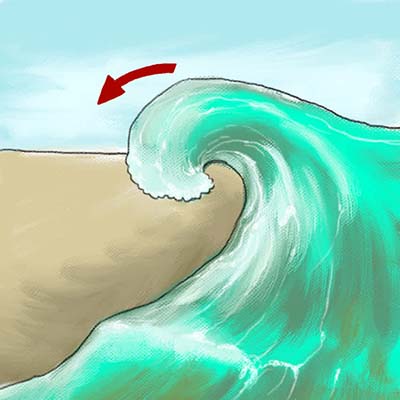
A rip current can be spotted from shore pretty easily if you know what you’re looking for! Often you may notice that there is a gap between where the waves are breaking towards shore.
The most important thing to do is to stay calm. A rip current will never carry you out to the middle of the ocean, but rather to where the waves swell before it is shallow enough to break.
If the current is weak enough and you are a strong enough swimmer, attempt to escape the current by swimming in the direction following the shoreline.
Whatever you do, do not swim directly against the current, this is what puts you at drowning risk. Again, the best way to swim away from a riptide if the current isn’t too strong is to swim parallel to the beach. Eventually, you should break free from the current. When that happens, change your trajectory, and swim at an angle towards the beach.
Banderas de playa y consejos sobre las mareas. De qué manera puede disfrutar el “lado salvaje” de la Cozumel.
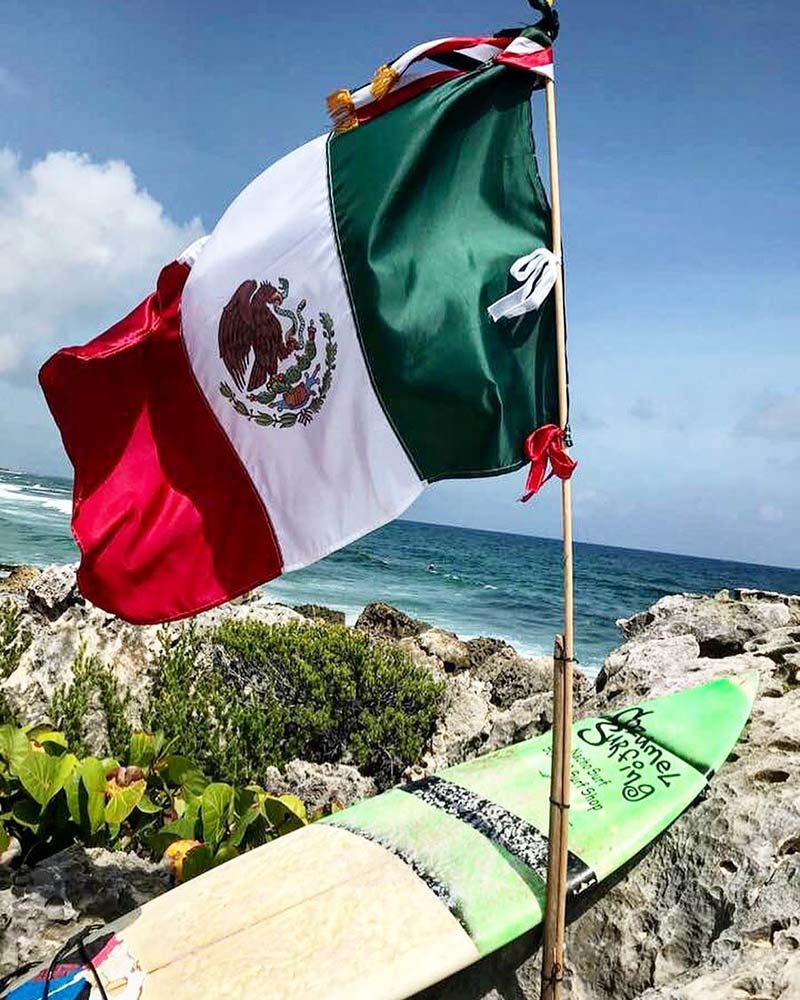
Aunque la costa oriental de Cozumel, o el “lado salvaje” cuenta con guardavidas y emplea un sistema de banderas, hay algunos consejos que son importantes para los visitantes del otro extremo de la Isla con el fin de que tengan una visita divertida y segura a las hermosas playas de Cozumel.
Las banderas en la playa
Los guardavidas de Cozumel emplean un sistema de banderas en la playa muy similar a los colores del semáforo. El color verde significa que las condiciones del mar son seguras, y que personas de todas las edades pueden disfrutar de las aguas caribeñas. En caso de ver una bandera color amarillo, debe proceder con precaución. Cerciórese de nadar con cuidado. Los adultos y niños pueden continuar nadando, pero asegúrese de vigilar a sus seres queridos.
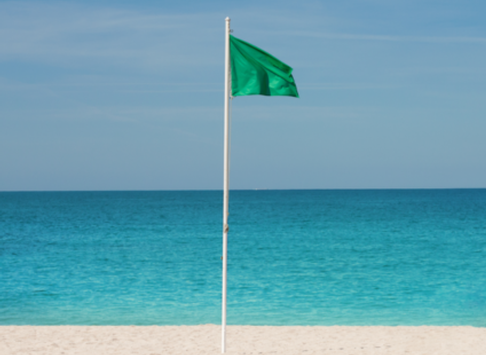
Las banderas color rojo significan que las condiciones del mar son peligrosas y se requiere extrema precaución. Técnicamente puede nadar, pero no se recomienda. Tenga mucho cuidado al hacerlo, y no permita que los niños se metan al mar sin supervisión.
¿Banderas color negro? No son muy comunes. El color negro significa que las condiciones del mar son extremadamente peligrosas. No entre a nadar en el mar. So quiere evitar la posibilidad de que ocurra algún percance, por favor no se meta al mar a nadar.
Si en algún momento no esta seguro del estado en el cual está la playa, diríjase a los guardavidas y pregunte. El mar y el clima son impredecibles. Tome las medidas básicas tales como no entrar al mar si recién ingirió alimentos o bebidas, especialmente alcohol.
Resacas
El lado de barlovento de la Isla tiene muchas mareas o resaca. Una resaca es un canal estrecho de agua que corre de manera perpendicular a la orilla o a la playa.
Es una corriente lo suficientemente fuerte como para arrastrarle lejos de la orilla incluso a los nadadores más fuertes, y en una velocidad extrema. En tanto que en sí no es peligrosa, con frecuencia la gente intenta nadar contra la corriente para regresar a la orilla y con ello corren el riesgo de ahogarse en el proceso.
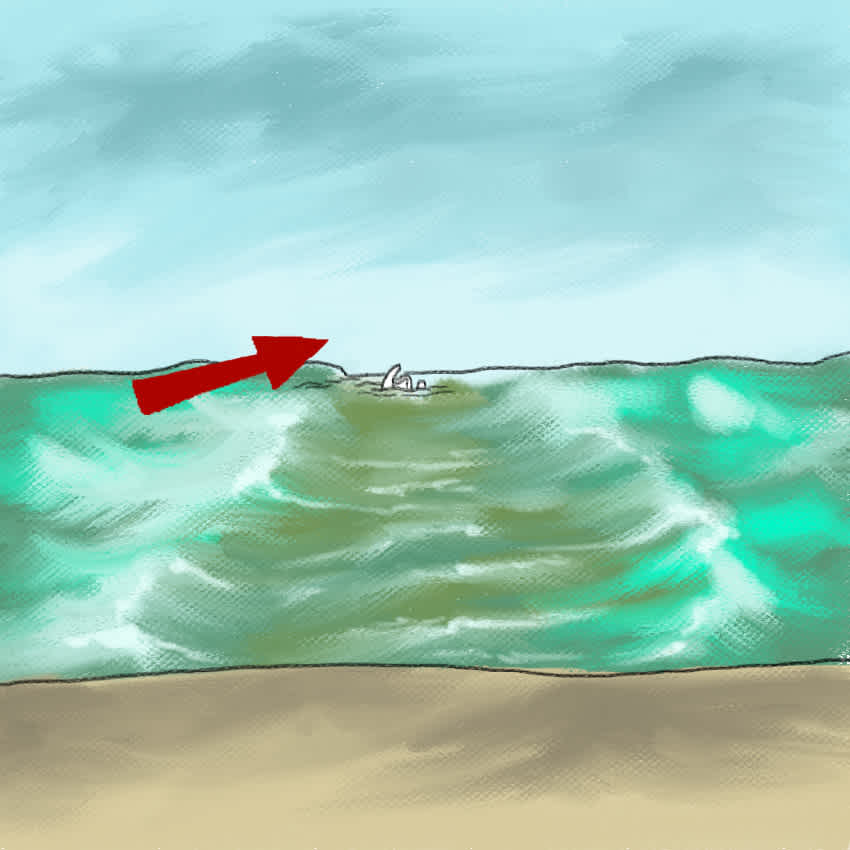
Si sabe lo que está buscando, es fácil detectar una resaca desde la orilla de la playa. A menudo puede percibir que existe un espacio entre las olas que rompen hacia la orilla de la playa.
Lo más importante es mantener la calma. Una resaca nunca le llevará a la mitad del océano, sino más bien al lugar donde las olas crecen antes de estar lo menos profundas para romperse.
Si la corriente es suficientemente débil y usted es un nadador bastante fuerte, intente escapar de la corriente nadando en dirección a la costa.
Haga lo que haga, no nade en contra de la corriente pues esto le pone en riesgo de ahogarse. Una vez más, lo mejor que puede hacerse para alejarse nadando de una contracorriente si la corriente no es muy fuerte, es nadar en forma paralela a la orilla de la playa. A la larga, deberá poder librarse de la corriente. Cuando esto suceda, cambie su trayectoria y nade en ángulo hacia la playa.
______________________________
Una ex yanqui de Connecticut quien llama hogar a Cozumel desde hace más de 15 años. Laura escapó al Caribe hace años, desplazándose de una isla a otra dando clases de BUCEO. Se dedicó a perder el tiempo en Jamaica y finalmente se detuvo en Cozumel para pasar unas vacaciones de 2 semanas que aún no terminan. Convenciendo a sus padres que pagaran una elegante universidad privada, obtuvo su título en Periodismo y Laura crea semanalmente Cozumel 4You, medios sociales y artículos promocionales sobre la Isla y también es moderadora en el grupo Cozumel 4 You en Facebook que actualmente cuenta con 25,000 miembros. Fabián, s umuy tolerante marido, desde hace mucho tiempo se resignó a no tener vida privada, pues se ha visto implicado en los diversos proyectos y planes que urde Laura. Son orgullosos padres de diversos perros y gatos rescatados. Mientras contempla su paso a través de la vida en el Caribe mexicano,Laura continúa siendo la pesadilla en la existencia de su muy tradicional suegra mexicana.
- Cozumel RCCL Beach Public - December 19, 2025
- Cozumel 4 You NEWS December 19, 2025 - December 18, 2025
- 10 Experiences Tour Cozumel Romeritos Christmas - December 18, 2025
An ex-Connecticut Yankee who has called Cozumel home for over 18 years, Laura ran away to the Caribbean years ago, bumped around the islands teaching SCUBA diving, lost some time in Jamaica, and finally stopped in Cozumel for a 2 week vacation that hasn’t ended yet. With a degree in Journalism from a fancy private college she convinced her parents to pay for, Laura writes, edits, and creates the weekly Cozumel 4 You news, social media, and promotional articles about the island, as well as moderates the Cozumel 4 You Facebook group, which currently has over 25,000 members. Her long suffering husband, Fabian, has long since resigned himself to having zero private life, as he’s been involved in her various schemes and plots since his arrival. Proud parents to a variety of rescue dogs and cats, Laura continues to be the bane of her traditional Mexican mother-in-law’s existence, as she muses her way through life in the Mexican Caribbean. ______________________________ Una ex yanqui de Connecticut quien llama hogar a Cozumel desde hace más de 15 años. Laura escapó al Caribe hace años, desplazándose de una isla a otra dando clases de BUCEO. Se dedicó a perder el tiempo en Jamaica y finalmente se detuvo en Cozumel para pasar unas vacaciones de 2 semanas que aún no terminan. Convenciendo a sus padres que pagaran una elegante universidad privada, obtuvo su título en Periodismo y Laura crea semanalmente Cozumel 4You, medios sociales y artículos promocionales sobre la Isla y también es moderadora en el grupo Cozumel 4 You en Facebook que actualmente cuenta con 25,000 miembros. Fabián, s umuy tolerante marido, desde hace mucho tiempo se resignó a no tener vida privada, pues se ha visto implicado en los diversos proyectos y planes que urde Laura. Son orgullosos padres de diversos perros y gatos rescatados. Mientras contempla su paso a través de la vida en el Caribe mexicano, Laura continúa siendo la pesadilla en la existencia de su muy tradicional suegra mexicana.
Cozumel Hurricane Season 2025
Cozumel & Quintana Roo Finish 2025 Hurricane Season Without Incident As the...
ByLaura WilkinsonApril 15, 2021Cozumel Nurse Sharks Mating
Love in the Shallows: Nurse Sharks Put On a Rare Late Season...
ByLaura WilkinsonApril 15, 2021Cozumel Birdwatching Peak Time
Cozumel Welcomes 100+ Migratory Bird Species As Cold Fronts Usher In Peak...
ByLaura WilkinsonApril 15, 2021Cozumel Flamboyana Trees
Cozumel Flamboyana Trees Bloom Flamboyana Trees: Cozumel tradition The Flamboyana trees in...
ByLaura WilkinsonApril 15, 2021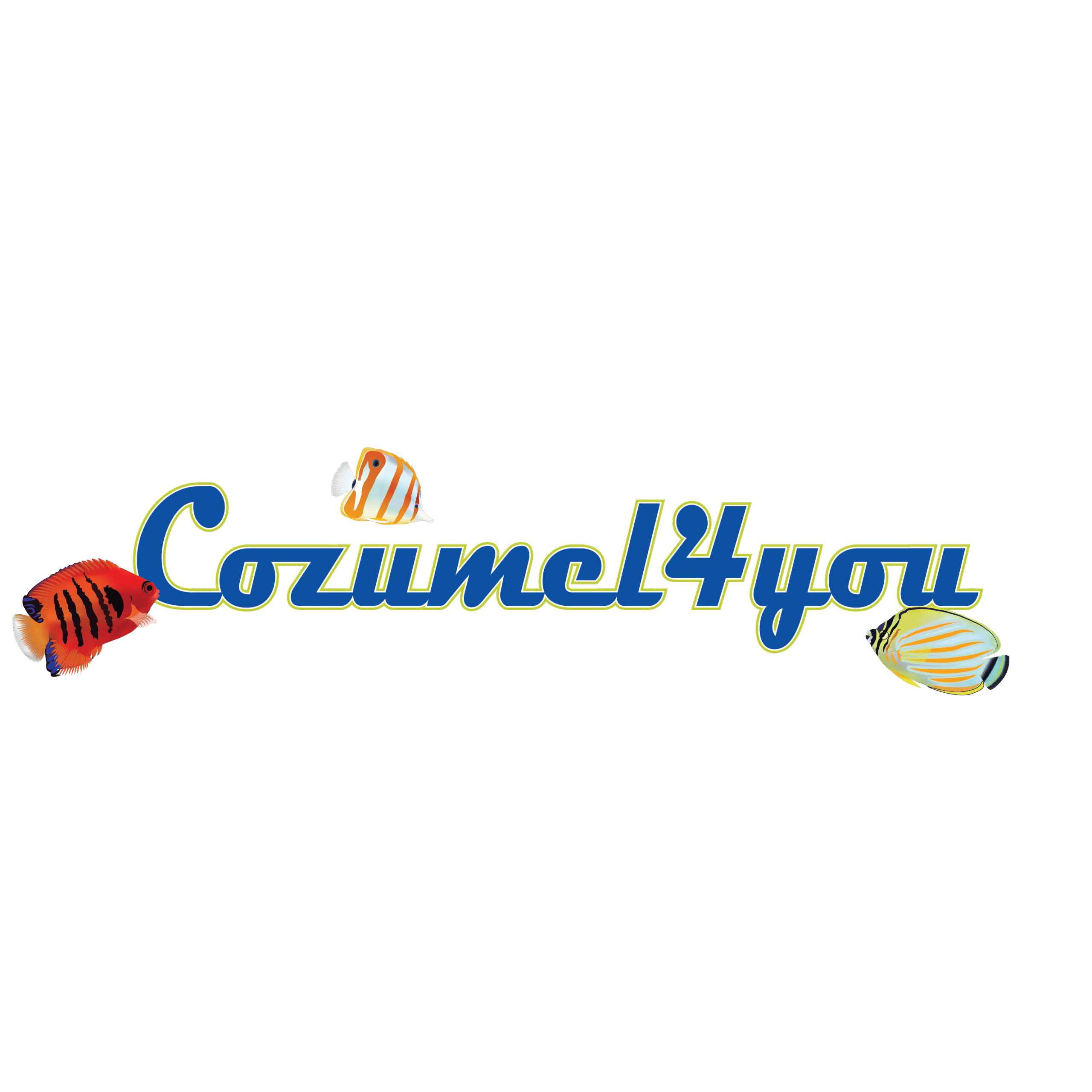



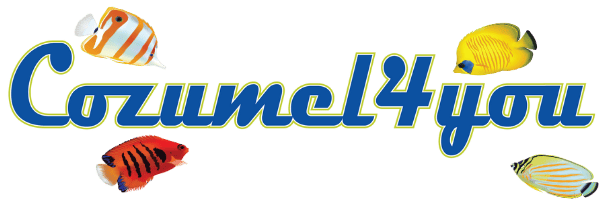


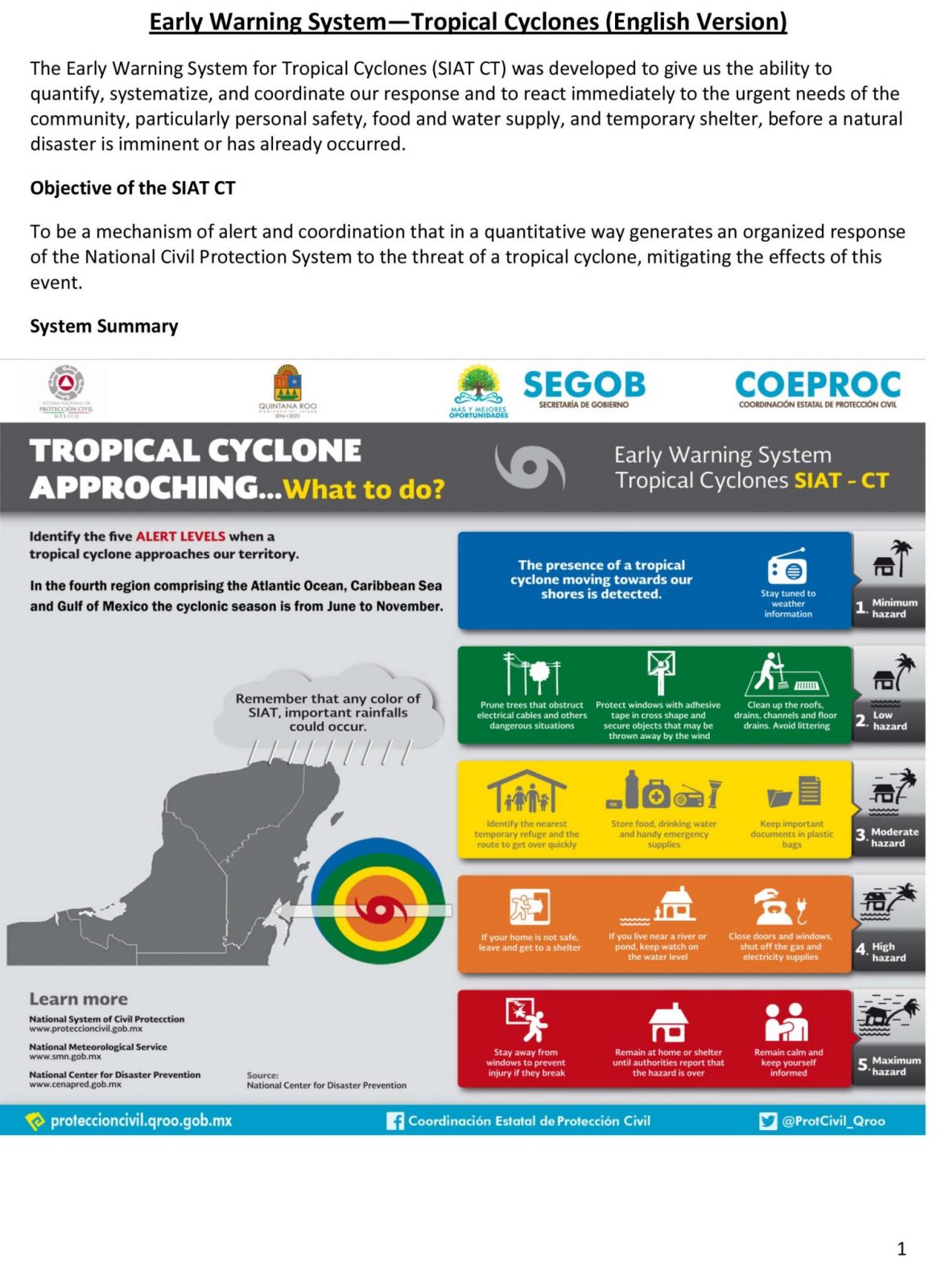
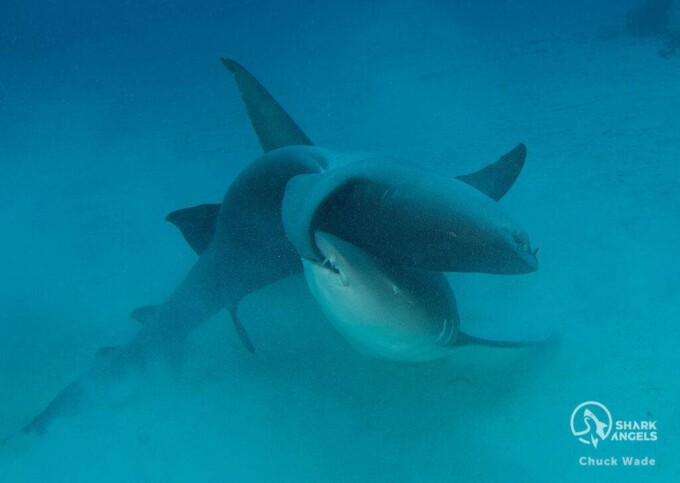

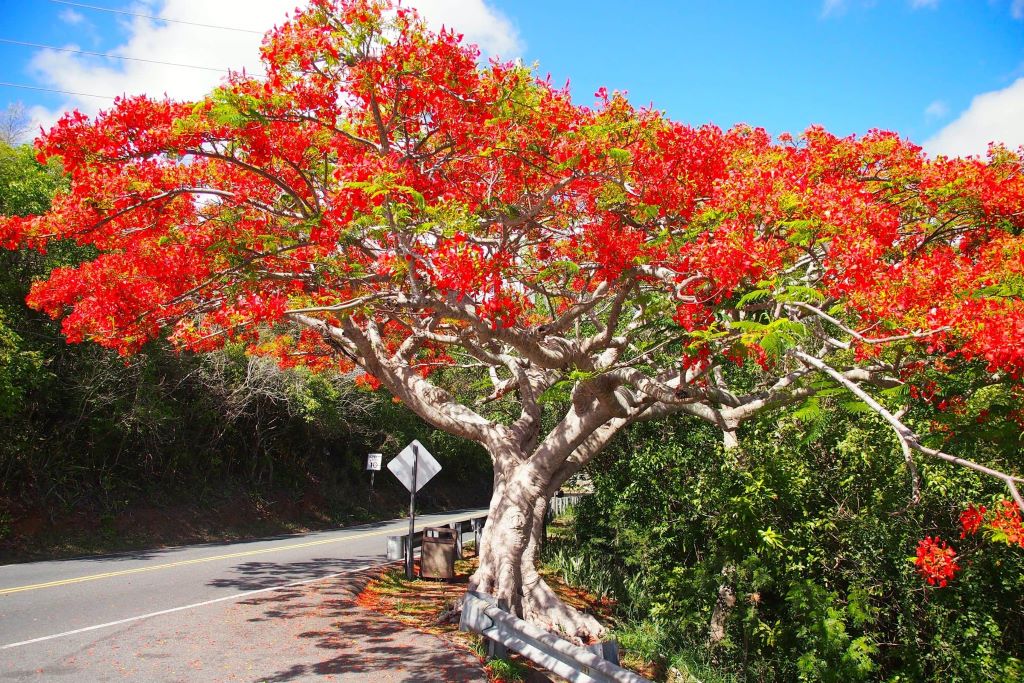







Leave a comment